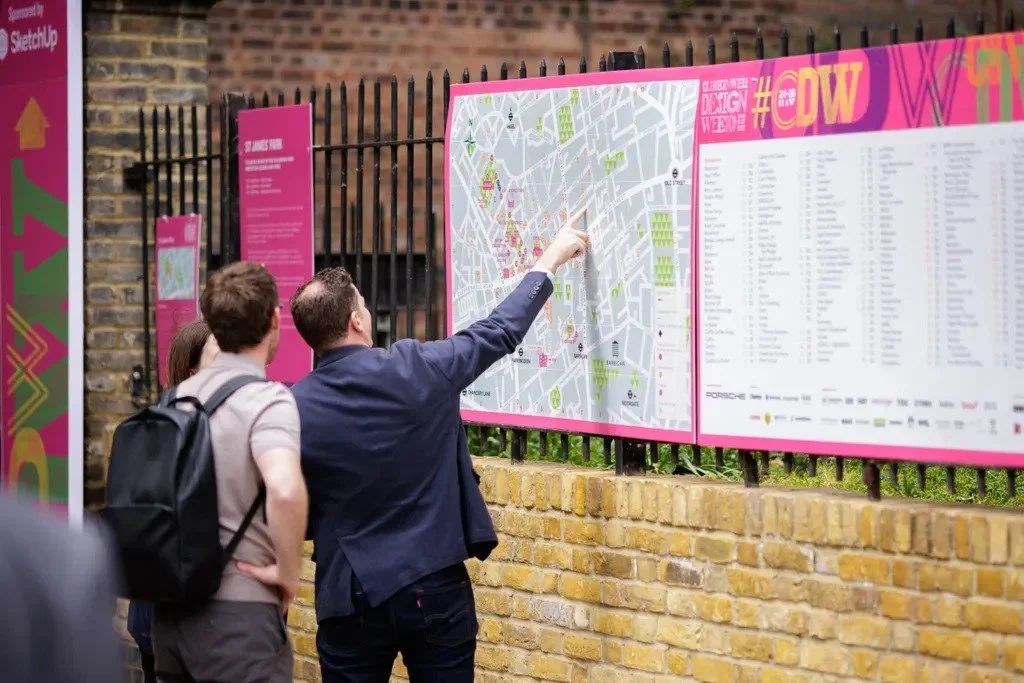How do you adapt an international design brand for a UK audience?
If you’ve decided to launch your design brand in the UK, you might be wondering how best to market to a UK audience. Rather than a ‘one size fits all’ perspective, a strategic and considered approach to each market is required. So, how do you adapt an international design brand for a UK audience?
Develop a specific UK strategy
Each international market will have its own nuances, so when launching an international design brand in the UK, the first thing to do is to undertake research to understand the local market. Research your competitors; in some cases you will be competing with the same brands as within other markets, and in other cases, these will differ. Also, review your brand positioning and consider whether it needs to be adapted. For some design companies, the positioning may differ and they may be more premium within the UK market, compared with others.
Brand Messaging
Reviewing and adapting your branding and messaging is vital. Branding designed for the local market will ensure that you can effectively communicate and connect with a UK audience. This doesn’t mean that you will have to entirely alter your brand narrative, but rather, that you might be required to adapt your tone of voice. Take the work we did with Swiss-based manufacturer, Sky-Frame. Swiss design brands, for instance, might use a more formal tone of voice when communicating with their native market, but in the UK, they may need to take a more relaxed and informal approach, whilst still highlighting the Swiss precision engineering that forms part of the brand DNA.
A Piece of Sky: Installation by Sky-Frame at Clerkenwell Design Week in the UK
Localise your content
For design brands that are already well established internationally, there can be a ‘build it and they will come’ mentality, but this is often not the case when entering a new market. Localising your content to the UK requires much more than just language translation, it means understanding cultural differences, trends, key dates and references of a UK specific market.
When it comes to PR, this means understanding UK media, relevant target publications, editorial calendars and what its journalists and readers want, so that you can cater to these needs. A specific UK comms calendar will likely need to be developed. As a basic example, furniture brands will find that outdoor furniture is more likely to be featured during the summer months in the UK, which may differ from features published in markets with a warmer climate, where there is a need for these products year-round. There will also be London-based design events that will be less relevant to an international audience, but it is important to communicate these to UK journalists.
Image courtesy of https://www.clerkenwelldesignweek.com/
It may be worth setting up UK-specific social media pages for one or more channels. Of course, not all content will be created just for these channels - some may be part of a global campaign for a new launch, for example, but this can be adapted for a UK audience, to include relevant pricing and showroom details, for instance. Be mindful, however, that this will mean additional management time.
You also don’t want to simply repeat the central content all the time. Introducing the local sales teams, local events and products that are best suited to the UK audience should feature rather than a copy-paste approach. For LinkedIn, your approach would likely be to network with UK-based partners and potential clients so creating and tailoring content relevant to them both in terms of content and with imagery is essential to success here. Take a look at a recent Journal post that gives more insight here.
Also, consider your newsletter strategy. Creating local content can be a simple and cost-effective way of communicating with your UK audience. As well as sharing global brand news, you can focus on localised content, introducing members of the UK team and promoting relevant events here too, such as your involvement in Clerkenwell Design Week.
At Sandford, we are experts in PR and social media and have experience in creating and implementing UK-specific strategies for international brands. Whether you’re launching a brand into the UK market or wish to review the local positioning and strategy of your company, please get in touch.




